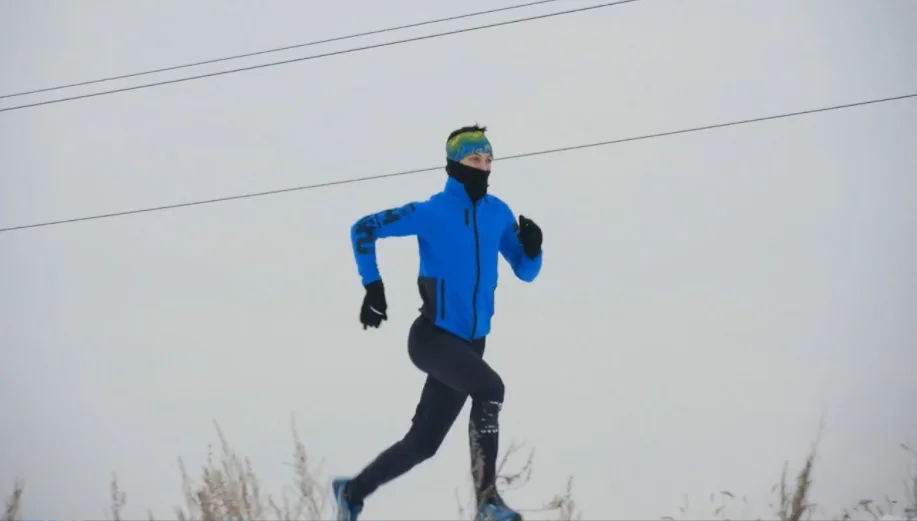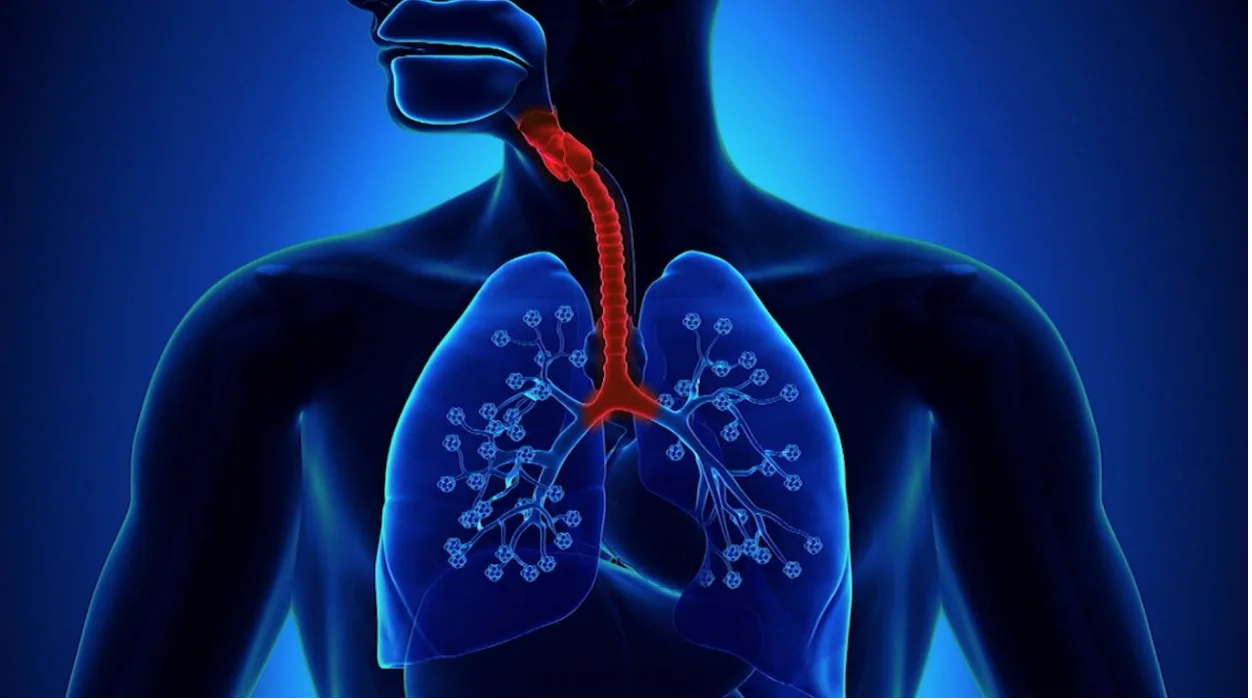
Can the air ever get cold enough to damage my lungs?
Our lungs treat cold air as an irritant, and prolonged exposure could result in long-term effects.
Generally, humans are resilient and can handle changing seasons well — but the cold can have negative impacts on various parts of our bodies.
Take our lungs, which can show signs of discomfort following prolonged exposure to chilly weather.
“Some of these responses can be a cough, which is most common, wheeze, shortness of breath, a feeling of a frog in your throat, and even mucus," explains Michael Kennedy, professor of Kinesiology and researcher at the University of Alberta.
"We see these responses become more prevalent when someone is breathing at a higher rate as well."
Continued exposure can make your lungs "hyper-responsive," Kennedy says, meaning they will respond "vigorously" to other irritants, like smoke or spicy foods.
Another common symptom of breathing in cold air is a tight, burning sensation in your throat due to dryness in the air.

Graphic courtesy of The Weather Network
Cold air has less water in it, explains Kennedy, and the lungs have to work harder in this environment because even dry air has to be humidified at 100 per cent for gas exchange in the lungs to occur.
Our body extracts liquid from our airways to warm and humidify the air we are breathing.
“So the drying of that airway is what creates that pain or uncomfortable feeling when breathing in cold air, especially at a high rate,” he explains.
AT WHAT TEMPERATURE DOES COLD AIR NEGATIVELY IMPACT LUNGS?
In a study led by Kennedy, volunteers were recorded running on a treadmill at different temperatures and concluded that -15°C was the benchmark where the acute responses started impacting an athlete's ability to breathe normally while running, and lung function in these temperatures can worsen over time, especially during high-impact activities like exercise.
PREVENTING LUNG DAMAGE IN COLD AIR
To limit lung damage during cold spells, Kennedy recommends the following:
Keep your face warm. “Wear something over your face like a high-quality breathable microfibre buff," he says. "This will help your body warm the air you are breathing and will help reduce how dry it is."
Be aware of the temperature. Limit high-impact outdoor activities when the thermostat hits -15°C or lower.
Listen to your body. As your body experiences different temperatures, pay attention to how you react. These acute responses are the way our bodies tell us when it's time to warm up and head inside.
Thumbnail image courtesy of Videoblocks.











